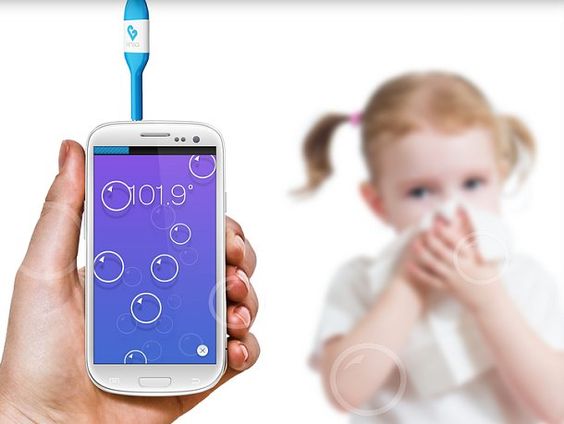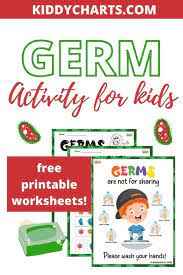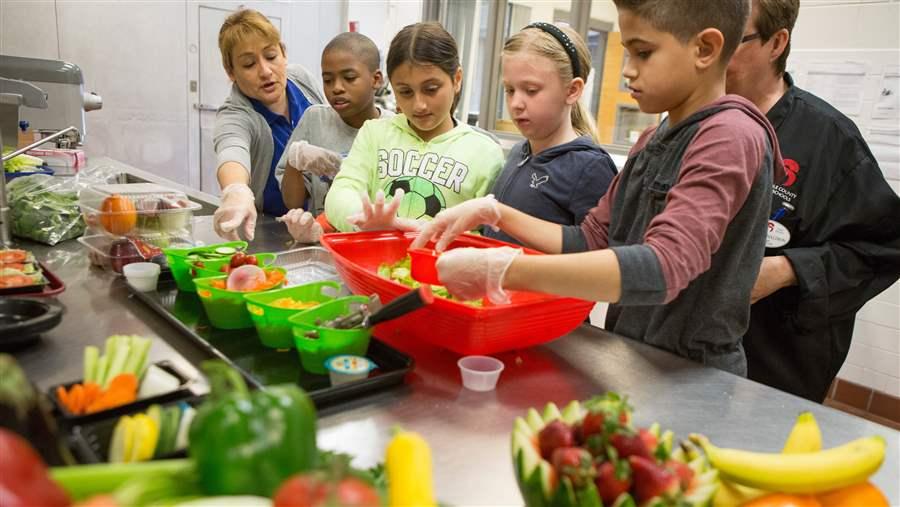In today’s fast-paced world, ensuring the health and well-being of our children is more important than ever. With the advent of smart technology, there are various tools available to help us monitor and prevent illnesses from spreading in our communities. One such innovative tool is the Kinsa Smart Thermometer, designed to help schools prevent the spread of illness among students and staff.
Kinsa Smart Thermometers offer a unique way to track body temperature, symptoms, and illness trends in real-time. This essential health tool not only offers precise and quick temperature readings but also connects with a smartphone app that provides personalized guidance based on the user’s symptoms.
Right now, a fantastic opportunity is available for schools across the nation – apply to receive free Kinsa Smart Thermometers for every family at your school! Read on to learn more about this amazing giveaway and how your school can benefit from this valuable resource.
Benefits of Kinsa Smart Thermometers
Here are some key benefits of using Kinsa Smart Thermometers:
1. Real-time data tracking: The Kinsa app enables users to track temperature and symptom data in real-time, which can be shared with health professionals, helping them make informed decisions.
2. Easy-to-read interface: The app displays temperature readings/storage clearly and concisely, making it easy for individuals to understand their health status.
3. Personalized guidance: Based on entered symptoms, the Kinsa app provides users with personalized guidance on how to soothe discomfort or when to seek professional medical help.
4. Illness prevention: The collected data can help schools identify trends in illness patterns among students, allowing them to take proactive measures in preventing further spread.
How To Apply For Free Kinsa Smart Thermometers
To take advantage of this fantastic opportunity, follow these simple steps:
1. Visit Kinsa’s official website and fill out the required registration form with your school’s details.
2. Await a response from Kinsa regarding your application status. If your school is selected, Kinsa will send further instructions on how to proceed.
3. Upon approval, arrange for the distribution of Kinsa Smart Thermometers to every family in your school community.
4. Encourage families to download the Kinsa app and register their devices, as this will help them get the most out of their new smart thermometers.
5. Monitor the illness patterns within your school through Kinsa’s aggregated and anonymized data to identify trends and take preventive measures as needed.
With a mission to prevent the spread of illness in schools, this giveaway is an incredible opportunity for educational institutions across the country. Don’t miss out – apply to get free Kinsa Smart Thermometers for every family at your school today!











